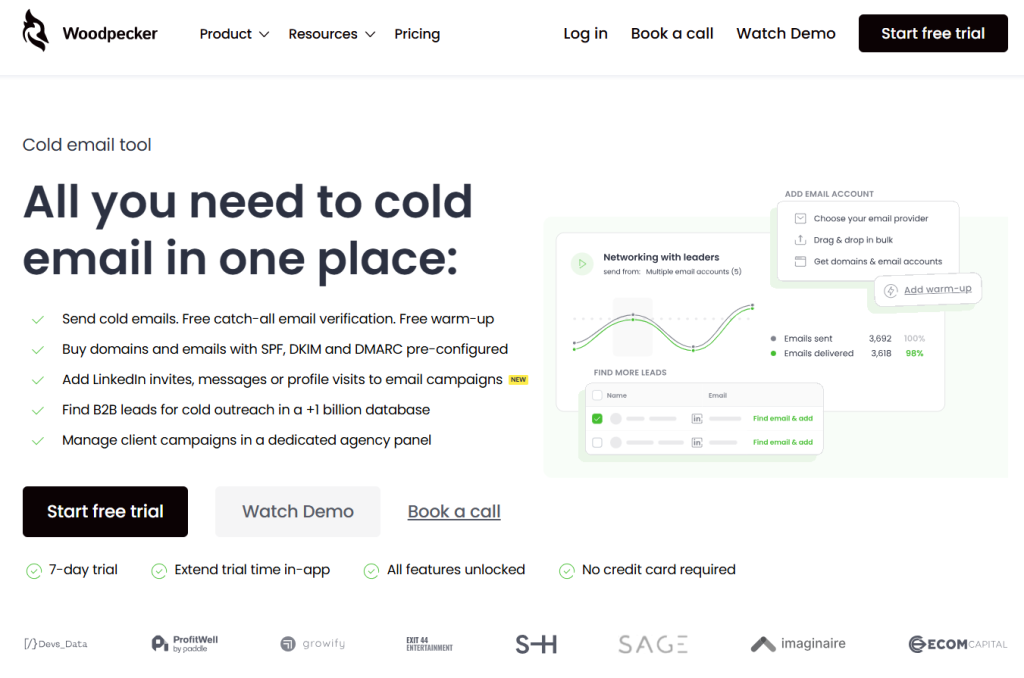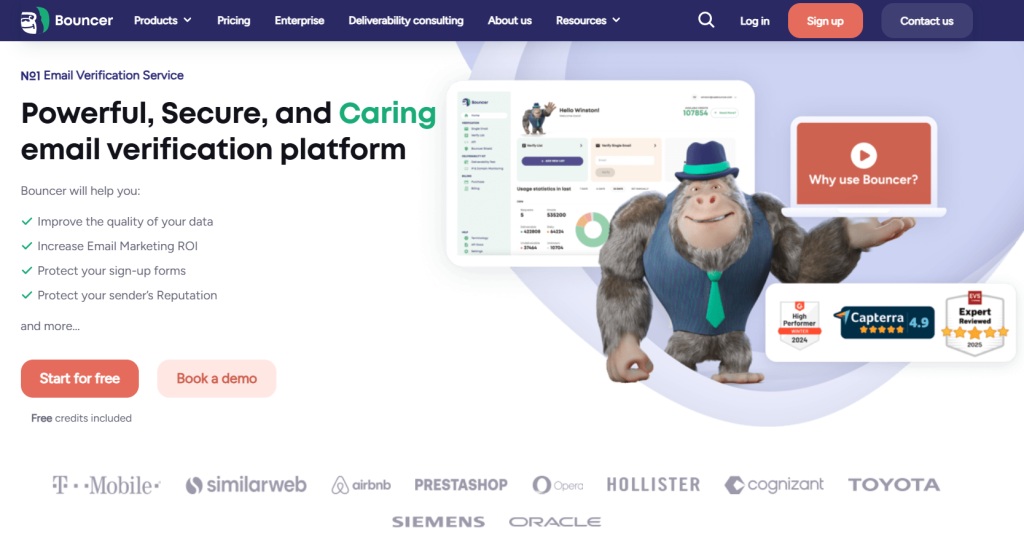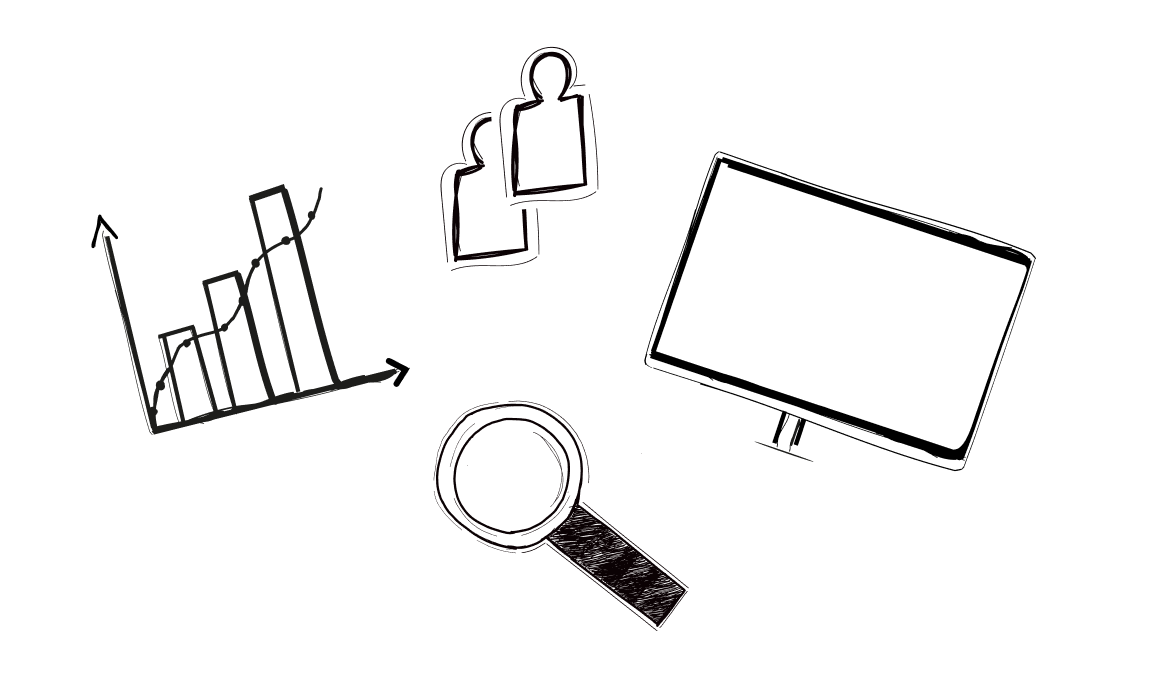I hear this all the time from small business owners: “I don’t need lead generation. I get enough work from referrals.”
That might’ve worked five years ago. But in 2025, things move fast. Markets shift. Ads get more expensive. Competitors use AI tools to reach your customers before you do. Relying on repeat buyers or word of mouth alone feels safe. But that’s only until the phone stops ringing.
Lead generation isn’t about chasing strangers. It’s about keeping a steady flow of people who already need what you do. It gives you control over growth instead of leaving it to chance.
So, if you’ve been putting this off because it sounds too technical or “something only big companies do,” this guide will help you build a simple, repeatable system for your small business.
Why small businesses can’t skip lead generation anymore
If you run a small business, you’ve probably had months that feel great. Sales come in, old clients return, referrals keep you busy. Then suddenly, it’s quiet. No calls, no new projects, no fresh orders. That silence is what happens when you don’t keep generating leads.
The truth is, every small business needs a lead generation strategy in 2025. Competition is higher, customers do more research, and ads cost more each month. People don’t buy from the first website they see anymore. They compare, read reviews, and check social media posts before deciding who to trust.
A strong system for lead generation keeps your sales pipeline from drying up. It helps you reach potential clients before your competitors do. Even a few hours a week spent on targeted efforts, like cold email or SEO strategy, can bring a steady flow of qualified leads.
And when you track those leads with simple CRM tools, you can see which marketing campaigns bring real results. That’s how small business owners keep their revenue stable and grow without fear of the next quiet month.
Benefits of a consistent lead generation strategy
When you run your own business, it’s easy to get caught up in the daily work. You serve existing clients, handle invoices, and think that’s enough. But if you don’t keep generating sales leads, your sales funnel starts to dry up without you even noticing.
Consistent lead generation turns random sales into predictable growth. You know what’s coming next month, not just what’s in front of you today. That kind of rhythm helps your sales teams plan better and keeps your marketing efforts focused.
It also helps you choose better projects. When you have a steady flow of potential customers, you can say no to the wrong ones. You can work with clients who fit your target audience instead of taking every deal that comes your way.
Tracking your results through customer relationship management software gives you even more control. You can see which marketing tactics work, where website visitors come from, and how many leads turn into satisfied customers. Tools like Google Analytics make this easy to monitor week by week.
Small business owners who commit to steady lead generation don’t chase luck – they build it. And once the system starts running, each new customer you gain feels less like a surprise and more like part of a plan.
How SMBs can generate sales leads in 2026
A successful lead generation system doesn’t need a big marketing team or a huge budget. It starts with small, consistent steps that fit your business. Think about how you already reach people, then add structure to it.
Outbound lead generation is the most direct path. Cold email works especially well when done with care. Tools like Woodpecker help you send personal, automated messages that start real conversations, not spam. Start with a small list of potential leads, maybe 50 to 100, and track who opens, clicks, and replies. Each message teaches you something about your audience’s pain points and needs.

Then there’s inbound marketing, which is where you bring people to you. Use high quality content like blog posts or short guides. Share your story on social media. Keep your website clear and easy to contact through simple lead capture forms. The more relevant content you publish, the better your organic search results get over time.
Check this out: inbound vs outbound lead generation
Don’t forget partnerships. A direct mail campaign with another local business, or a joint online event, can reach new audiences fast. Even your loyal customers can help: a referral from them often converts better than a cold message.
The best lead generation efforts mix these ideas together. They bring more leads while helping you learn what works. Every small experiment adds up to a system that keeps your sales process moving and your revenue growth steady.
Tools and services to get started with lead generation efforts (even on a budget)
You don’t need an expensive tech stack to run a successful lead generation system. The best tools are the ones that help you stay consistent and track your sales efforts with clarity.
Let’s start with Woodpecker. It’s one of the top lead generation tools for small businesses that want to run cold email campaigns without losing the personal touch. You can create short, human-like emails and send them in small batches to quickly generate leads. It’s great for reaching future customers who may not know you yet.
Free email verification & warm up
Keeps your emails safe from spam filters and helps you reach real inboxes. Every message has a better chance of landing in front of potential clients.
Adaptive sending & inbox rotation
Spreads your messages across multiple inboxes and schedules them automatically. You can run more campaigns without hurting deliverability.
Built-in lead finder
Search through a database of over 1 billion B2B contacts and quickly generate leads that match your target audience. Perfect if you’re starting from zero.
LinkedIn outreach automation (new)
Add profile visits, connection requests, and LinkedIn messages to your email campaigns. Great for mixing in-person touch with digital follow-ups.
Agency panel
Manage several client or product campaigns in one dashboard. Helpful if your small business also handles outreach for others.
Free trial & easy setup
You can start testing campaigns within minutes. No credit card needed, all features unlocked during the 7-day trial.
Integrations
Works with Capsule, HubSpot, Pipedrive, Calendly, Zapier, Google Sheets, Clay, and more. All so you can track conversions across your sales process.
Deliverability monitor
Predicts sending issues before they hurt your domain. Keeps cold outreach steady and safe even during busy sales efforts.
Next, you’ll need a place to track and nurture leads. Simple CRMs like Capsule CRM or HubSpot’s free plan can help you record every contact, update lead scoring, and keep your follow-ups organized. They make it easier to see which conversations move closer to closing.
Find a CRM that works great with a cold emailing tool here.
To keep your lists clean, use Bouncer. It checks your email addresses so you reach real people instead of wasting time on inactive inboxes. Clean data means better delivery rates and more high quality leads.

For inbound leads, tools like Typeform or popup builders can help capture contacts directly from your website. Add contact forms where it makes sense: under blog posts, service pages, or even after customer feedback sections.
And if you want to measure what works, connect your site to Google Analytics. You’ll see where website visitors come from, which pages draw attention, and how many turn into new leads.
These tools together can turn small, scattered marketing efforts into a simple system that keeps your pipeline alive. Each piece supports the next, helping you move from first contact to conversion without losing track of high quality leads.
Building a simple, effective lead generation process
Good lead generation doesn’t happen in one big push. It grows from small steps you repeat every week. Once you treat it like part of your routine and not a side project, it starts to work for you.
Start with time. Block a few hours each week for outreach and follow-ups. Even one afternoon spent on lead nurturing can make a big difference. Use your email marketing software to send short, personal check-ins. Avoid mass messages. People can tell when you write with care.
Then, use marketing automation only where it helps. Schedule reminders to follow up, share engaging content, and track replies. The goal is to stay in touch without sounding robotic.
Keep your data clean and organized. Record every contact, job title, and outcome in your CRM. Over time, you’ll spot patterns, like which messages bring new business and where your sales process gets stuck.
Use customer feedback to learn. Look at what current clients liked in your last campaign. Did they mention a certain pain point? Use those words in your next email or blog post. Small insights like these keep your marketing efforts real.
Lead generation is a habit, not a one-time campaign. When you stick to a clear routine with a mix of outreach, follow-ups, and measurement, you start to see steady progress. Each week builds on the last. That’s how long-term success grows.
Common mistakes to avoid when generating leads
Even with the best intentions, many small business owners fall into the same traps when trying to grow their leads. The good news is, these mistakes are easy to fix once you notice them.
The first one is sending mass emails without knowing who’s on the other end.
Lead generation only works when you talk to real people, not random inboxes. Before hitting send, check that your message fits the job title or need of the reader. The more personal your outreach feels, the better your conversion rates.
Another common mistake is forgetting to follow up.
Many possible customers don’t reply right away. They might be busy or waiting for the right time. A gentle reminder a few days later often leads to a response.
Then comes the trap of ignoring your website.
Your search engine visibility matters as much as your inbox. Basic keyword research helps people find you when they’re ready to buy. Update old pages, fix contact forms, and make sure visitors know what to do next.
Some small businesses also skip testing new channels.
Don’t be afraid to try virtual events, local meetups, or even in-person workshops. Each space can bring new leads and teach you more about your audience.
And finally, don’t stop talking to your existing customers.
They already trust you, and many of them can become your best source of referrals.
Lead generation is about consistency. Once you spot these weak points and work on them week by week, your system becomes stronger. Small steps lead to steady growth, and that’s what keeps new business coming in.
Conclusion
If lead generation still sounds a bit heavy, that’s normal. Every small business owner feels that at first. But once you start, it gets easier.
You don’t need a full sales department or a complex funnel. You just need a simple plan and a few hours each week to keep it alive. Pick one channel and stick with it long enough to see what works.
Start small. Build a list of 50 to 100 possible customers. Run your first campaign in Woodpecker for free. Track replies and note what sounds natural. Then improve your next batch.
The key is to keep moving. Over time, you’ll see how each small step adds up.
So here’s your next move: set up your first outreach sequence this month. See who responds. Learn from it. That’s how your lead generation story begins. Not with a big leap, but with a single, consistent step forward.

